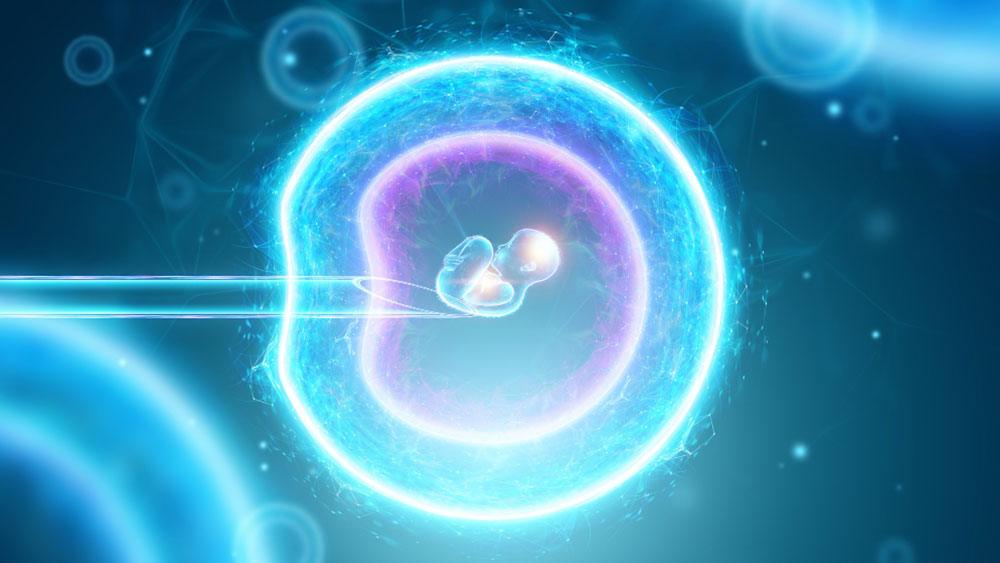A few couples suffer for months to conceive, but failing to have a baby takes a toll on their mental health. When everything fails, they may feel worried and tired. IVF, being a successful medical treatment, has helped many couples fulfill their dream of having a baby. However, IVF is a long procedure. What if it fails? To know the complete procedure, this post gives a better understanding.
What Is Embryo Transfer?
Embryo transfer, the final step of the IVF process, is a straightforward procedure. Doctors delicately place a fertilized embryo into the uterus. If the embryo attaches to the uterus lining, it may grow into a pregnancy. The procedure is short, usually painless, and does not require any cuts, stitches, or sedation.
Here’s what to know:
- The embryo can be fresh or frozen.
- It is placed using a thin tube called a catheter.
- No cuts, stitches, or sedation are needed.
- The entire procedure takes around 15 to 20 minutes.
- Rest is usually advised after the transfer.
The embryo transfer process must be timed correctly. The uterus must be ready to receive the embryo. Hormone medicines may be given to prepare the lining. The success of this step depends on the embryo quality, the uterus condition, and overall health.
How Is Embryo Transfer Done?
Before the embryo transfer, doctors plan the steps carefully. They check if the body is ready. They also talk to the patient about what to expect. On the transfer day, everything must be calm and smooth.
Uterine Lining Check
Doctors use an ultrasound scan to check if the lining is thick enough to support the embryo.
Embryo Selection
Experts in the lab pick the best-quality embryo. If frozen embryos are used, they are thawed gently on the transfer day.
Hormone Support
Patients may be asked to take hormone tablets or injections. This helps the uterus stay ready and makes implantation more likely.
Embryo Transfer
The patient lies on the exam table. A speculum is placed to open the cervix. Then, a thin catheter is guided through the cervix into the uterus. The embryo is released slowly into the correct spot. The process is quick and does not need anesthesia.
After the transfer, patients rest in the clinic for a short time. Then they can go home. Most people return to normal activities after a few hours.
This step-by-step plan is gentle and safe. Doctors handle the embryo carefully and ensure the process goes smoothly, making it a simple and stress-free experience for the patient.
What Happens After the Transfer and How to Help Success
The time after the embryo transfer is full of hope and anxiety. This period is often called the ‘two-week wait.’ It’s the time between the embryo transfer and the pregnancy test. Many patients fear moving, eating, or doing anything that might affect the result. But stress can make things harder. It helps to know what happens next and how to support your body.
Timeline After Embryo Transfer:
- Days 1–3: The embryo starts to attach to the uterine wall.
- Days 4–6: Implantation may be complete. Some spotting is normal.
- Days 7–10: Hormones rise if the embryo implants. Symptoms may appear.
- Days 7–10: Hormones rise if the embryo implants. Symptoms may appear.
Tips to Support Embryo Transfer Success Rates:
- Eat fresh, home-cooked meals with fruits and vegetables.
- Avoid heavy lifting or intense workouts.
- Stay away from smoking and alcohol.
- Take all medicines on time, as the doctor suggests.
- Keep your mind calm with books, music, or short walks.
- Don't test for pregnancy too early. Follow your doctor's test date.
The body does most of the work on its own. Patients only need to rest, follow their care plan, and avoid stress.
Why Mental Health Matters Too
The days around embryo transfer are often filled with mixed emotions. Many patients feel scared to hope and scared to fail. Waiting for results can feel like forever. Doctors suggest:
- Limit reading too much online.
- Speak to your partner or a close friend.
- Write in a journal or talk to a counselor if it helps.
- Avoid stress as much as you can. Stress can negatively impact the success of the embryo transfer, so it's important to find ways to stay calm and relaxed during this time.
- Sleep well and eat on time.
- Caring for your mind helps your body. IVF is not just medical—it affects all parts of life. Small steps for mental health make a big difference.
The embryo transfer process is one of the final stages of IVF treatment. It carries both hope and pressure. Knowing the steps, timing, and simple ways to support the outcome helps patients feel more confident. Clear care plans, rest, and family or clinic staff support can help reduce stress. While success is never promised, staying calm and well-informed supports the experience. This phase needs patience, care, and trust in the process. With the right help, many couples move closer to their dream of becoming parents.


